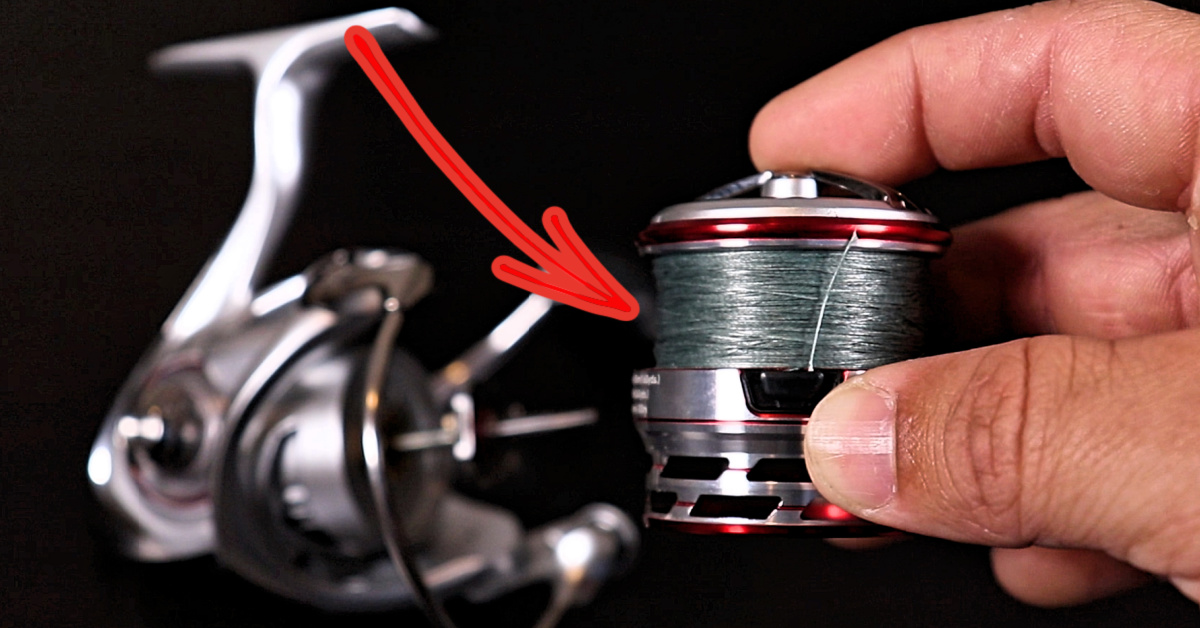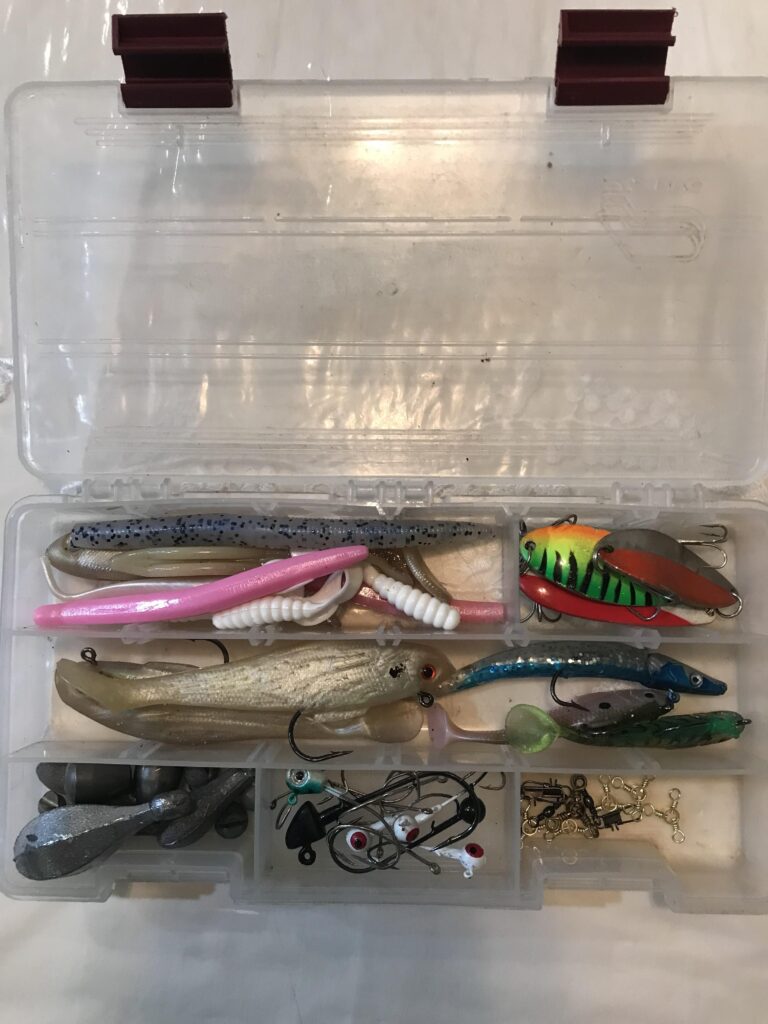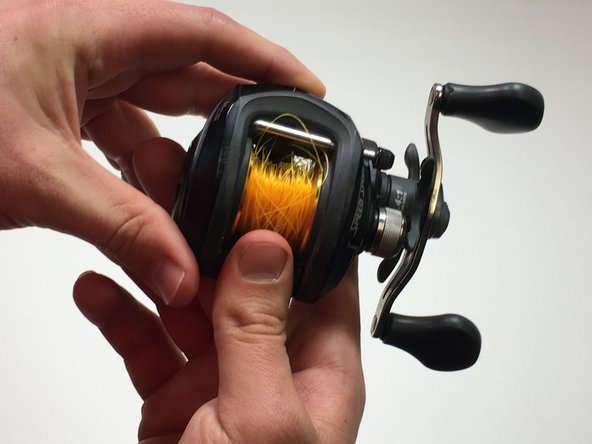How Often Should You Change Fishing Line
Change your fishing line at least once a year, or more frequently if it shows signs of wear or heavy use. Anglers often overlook the importance of maintaining their fishing line, but its condition is crucial for a successful outing.
A fresh, high-quality line can mean the difference between reeling in a great catch and watching it get away. Regular line replacement ensures optimal strength, durability, and performance, enhancing your overall fishing experience. Understanding the type of fishing you engage in, the environments you fish, and the species you’re targeting can further dictate the maintenance schedule of your fishing line.
Avid fishers who hit the waters often, especially in harsh conditions, should consider inspecting their line after every few trips to keep it in prime condition.

Credit: michianaoutdoorsnews.com
The Essence Of Fresh Line For Successful Fishing
Maintaining fresh fishing line is pivotal to a successful angling experience.
Several factors influence line longevity. Exposure to UV light, frequent usage, and the type of water can cause lines to weaken. Environmental aspects, like saltwater, increase wear and tear.
Store lines properly to extend their life. A compromised line risks the loss of a big catch. Tensile strength decreases, leading to unexpected breakage. Regular checks for nicks and frays are crucial.
| Factor | Effect on Line |
|---|---|
| UV Light | Weakening |
| Usage | Wear and Tear |
| Saltwater | Corrosion |
Identifying The Signs Of Wear
Check your fishing line regularly for visual signs of wear. Fraying or discoloration are clear indicators that change is due. Nicks or roughness to the touch show the line may break easily. Replace it before your next trip to ensure a strong and reliable performance.
Twists or kinks in the line can also suggest it’s time for a new one. Often, these imperfections lead to undesirable tangling. Another sign is frequent line memory, meaning the line holds coils when slack. This can hinder casting distance and accuracy.
Performance issues while fishing, such as sudden line snapping or difficulty with casting, are serious red flags. They can be caused by old, worn-out line. Pay attention to these cues, as they can cost you your catch if ignored.
Frequency Factors For Line Replacement
The type of water where you fish affects line longevity. Saltwater can corrode fishing line faster. Lakes with lots of rocks or logs might cause more snags. These hazards can fray your line. Choosing the right fishing line is crucial for different environments. Monofilament lines require more frequent changes due to memory and deterioration.
For those who fish often, line replacement should be more regular. An angler fishing sun up to sun down will wear out their line quicker. It’s not just about how many fish you catch. It’s about the hours your line spends in the water. Consider having a routine check for signs of wear or weakness after each trip.
| Line Type | Fishing Environment | Replacement Frequency |
|---|---|---|
| Braided | Heavy Cover | 6-12 Months |
| Monofilament | Saltwater | 3-6 Months |
| Fluorocarbon | Clear Lakes | 6-12 Months |
Remember to always inspect your fishing line for signs of wear. Small nicks or rough spots mean it’s time for a change. Doing so makes sure the big one doesn’t get away!

Credit: www.saltstrong.com
Line Maintenance Best Practices
Maintaining your fishing line is key for top-notch performance. Ensure you clean it after every use to remove dirt and grime. Do so by winding it off the reel and soaking it in lukewarm water. Gently clean with a soft cloth and rinse.
Storing your fishing line correctly will extend its life. Keep it in a cool, dry place out of direct sunlight. UV rays can weaken the line. Use a line spooler to prevent tangles and kinks for a hassle-free experience next time. Keeping it away from chemicals and sharp objects is also smart.
Making The Switch: Step-by-step Line Changing
Selecting the perfect fishing line is crucial for a successful fishing trip. Think about line type, water conditions, and the fish species. Monofilament, braided, and fluorocarbon lines have unique benefits. Match these with the environment and target fish for the best results. A mismatch can lead to line failure or lost catches.
Ready to spool new line? Gather your fishing reel, new line, and scissors. Clean your reel before starting. Attach the new line to the spool with an arbor knot. Keep tension while winding to avoid line twists. Fill the spool until it’s 1/8 inch from the edge. Cut, leaving a tail for later attachment to your lure or hook.

Credit: www.mercurymarine.com
Frequently Asked Questions On How Often Should You Change Fishing Line
How Long Does A Fishing Line Last?
A fishing line typically lasts between 1 to 3 years. Regular inspection and proper storage can help maximize its lifespan. Replace it promptly if you notice any fraying or memory.
How Do I Know If My Fishing Line Is Still Good?
Check your fishing line for signs of fraying, discoloration, or memory (curling) which indicate it’s time to replace it. Test the line strength by a gentle tug; if it snaps easily, it’s no longer reliable. Regular inspections ensure optimal performance and can prevent line failure during a catch.
How Often Should You Put New Line On Fishing Reel?
Replace fishing line at least once a year or every 5-10 trips. Monofilament lines may require more frequent changes due to quicker deterioration. Always inspect your line for wear and replace as needed for best performance.
How Often Should A Line Be Changed?
The frequency for changing a line depends on its usage and type. For instance, fishing lines should be replaced annually, while industrial lines follow manufacturer guidelines or visual wear cues. Always consult the specific product manual for the best practice.
Conclusion
Regular line maintenance keeps your fishing successful and enjoyable. Aim to assess your line after each trip, and replace it yearly—or sooner with heavy use. Heed the signs of wear and never underestimate the impact of a fresh, strong line.
Catch more with confidence; refresh your line responsibly.



